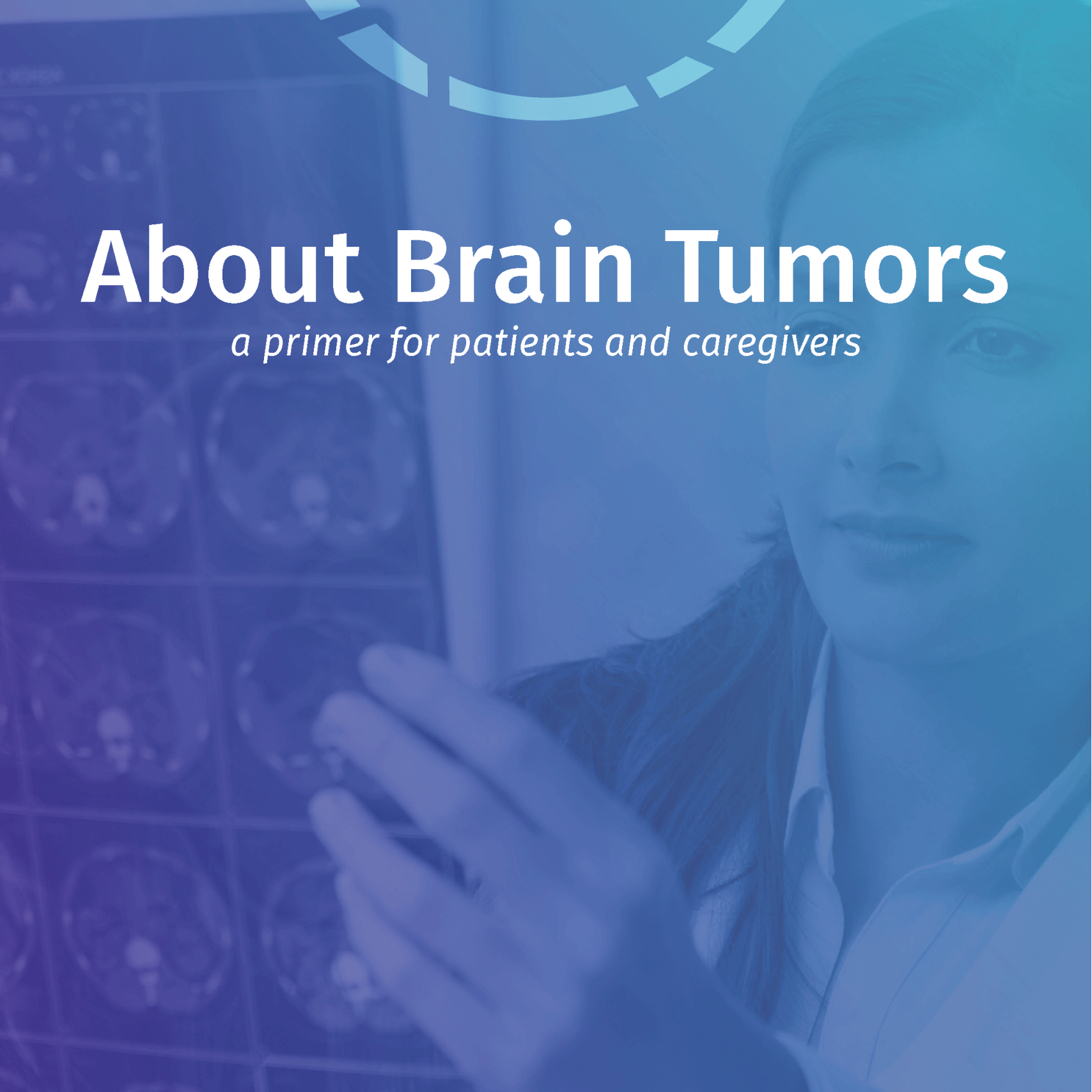By Adam Bunnell
When I was a young child, I had brain surgery to remove a tumor near my cerebellum. That part of the brain helps with balance, coordination, and even emotions and thinking. The surgery saved my life — and for that, I’m incredibly grateful. But it also set me on a path I didn’t fully understand until I was much older.
At the time, my family was told about the risks. Doctors warned us about possible infections. They explained the physical challenges I might face. But no one told us just how much my inner world — how I thought, felt, and related to others — would change.
A Second Blow: Meningitis
Soon after my surgery, I developed bacterial meningitis. That’s a serious infection that causes swelling in the brain. It added more trauma to a brain already struggling to heal. I was lucky to survive. Eventually, I left the hospital and tried to get back to my normal life — going to school, playing soccer, going to birthday parties.
But something had changed.
The Hidden Struggles
From the outside, I looked like I was doing fine. But inside, I was constantly working harder than everyone else just to keep up. I struggled in school, but no one — not my doctors, not my teachers, not even my family — made the connection between my surgery and my new challenges.
I didn’t know how to explain it, and honestly, I didn’t even understand it myself. I just felt different. I couldn’t focus like other kids. I had trouble with memory, emotions, and balance — not in ways that were always visible, but in ways that affected my entire life.
What I Wish We’d Known
Looking back, I now understand I was dealing with the long-term effects of brain surgery and meningitis. These are known as “invisible” impacts — things like fatigue, memory loss, or emotional changes that others can’t always see.
I wish someone had talked to us about this part of recovery. I wish my family had been told that healing from brain surgery isn’t just about the body — it’s also about the brain, the mind, and the heart.
Moving Forward with Hope
Today, I share my story to help others understand what life can look like after brain surgery. Every brain tumor journey is different, but one thing remains true: patients and families need more information, more compassion, and more support — not just during treatment, but for the long haul.
If you’re a parent, caregiver, teacher, or survivor, please know this: invisible doesn’t mean imaginary. Brain healing takes time, patience, and understanding. And most of all — it takes hope.



 Your Gift Brings Hope, Your Support Fuels Progress
Your Gift Brings Hope, Your Support Fuels Progress





















